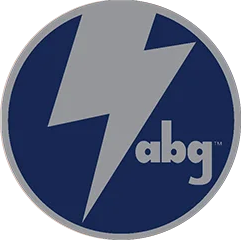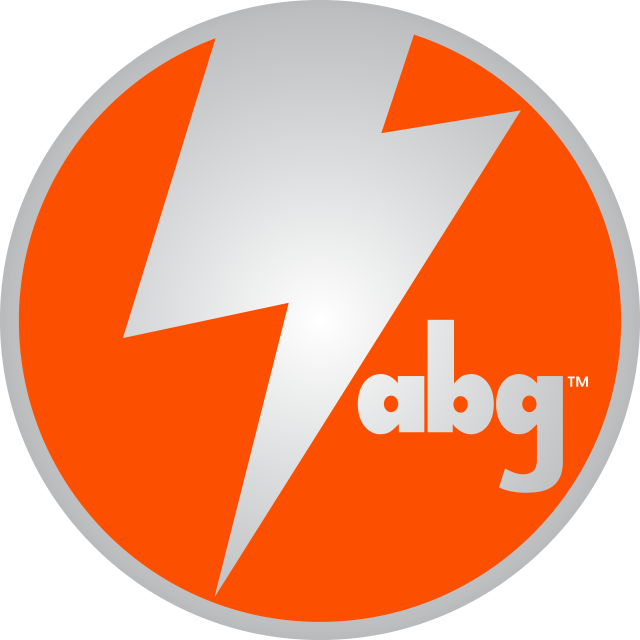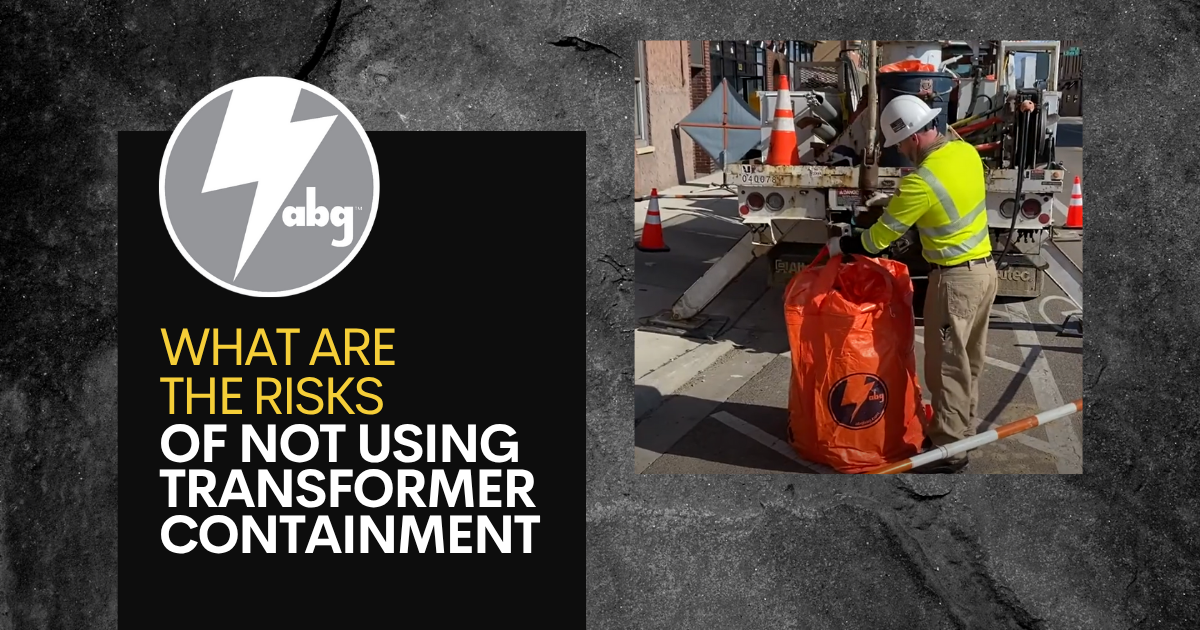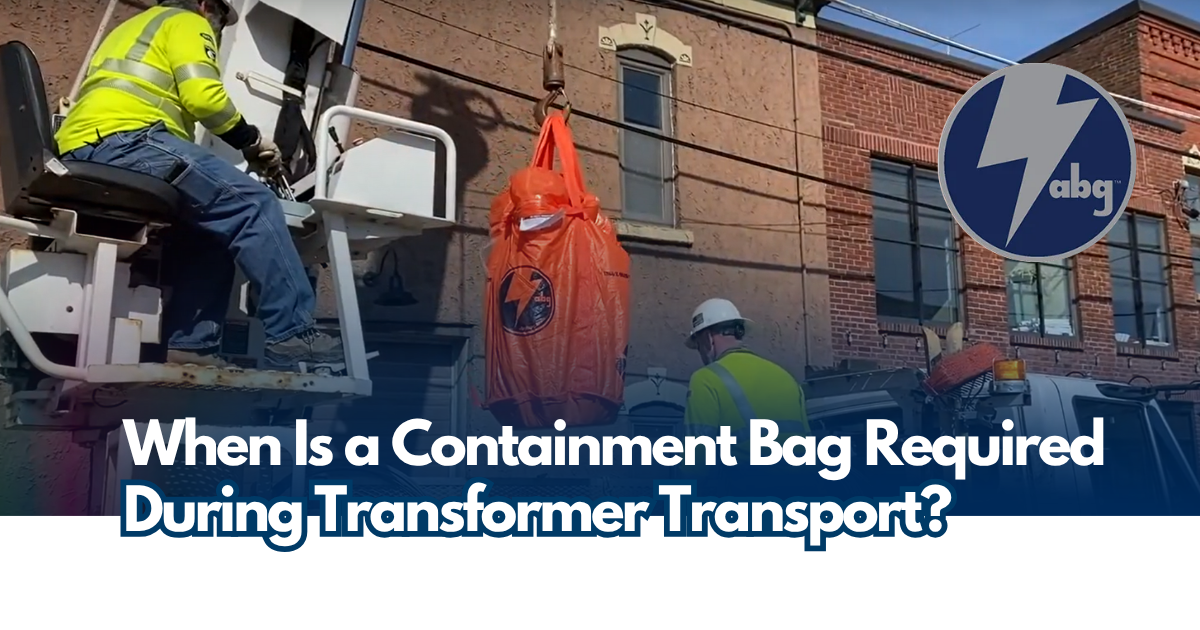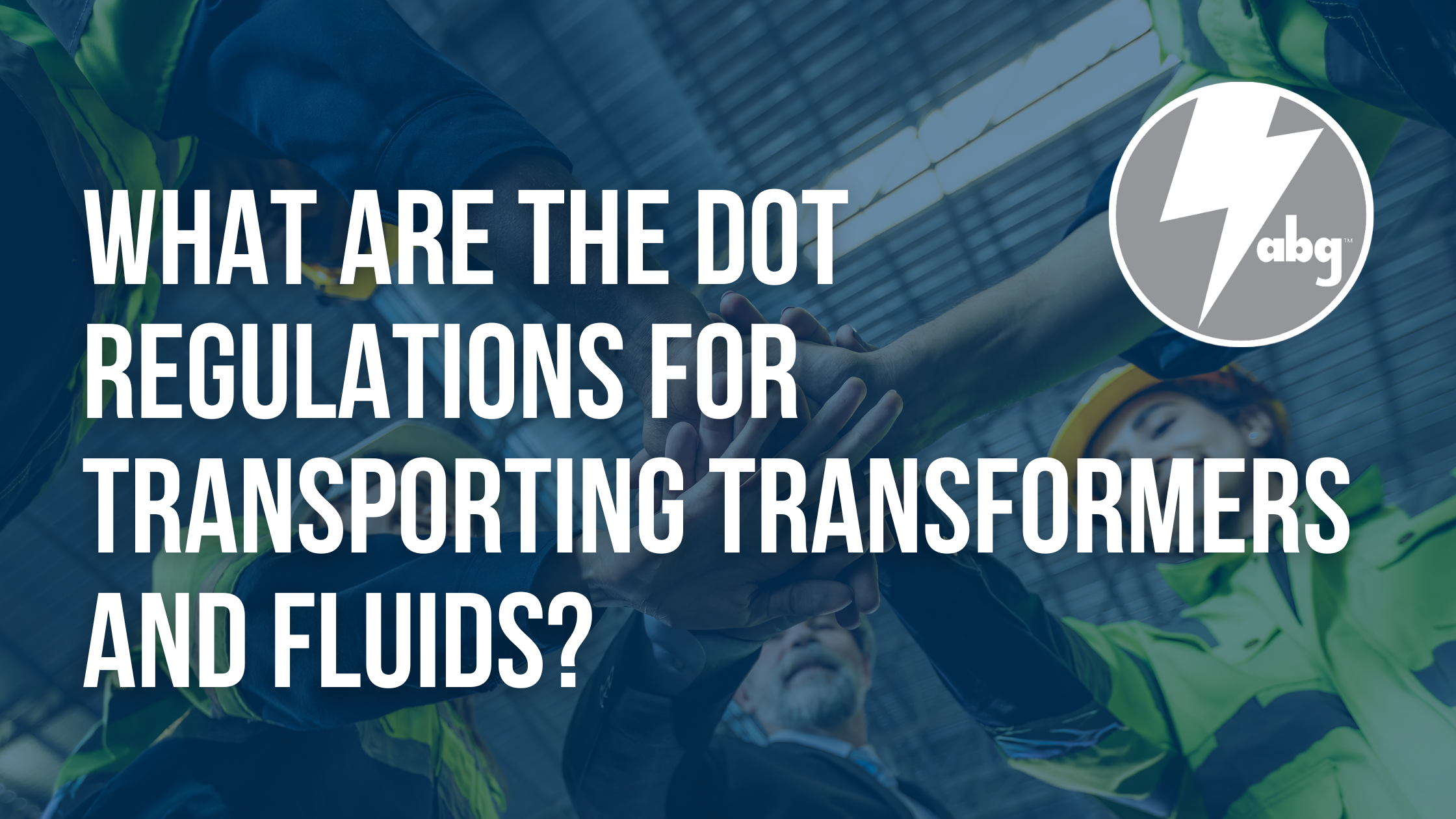
What Are the DOT Regulations for Transporting Transformers and Fluids?
Transporting transformers—especially those containing oil or PCBs—requires careful adherence to federal safety regulations. The U.S. Department of Transportation (DOT) enforces stringent guidelines to ensure that hazardous materials are moved safely, minimizing risk to people, property, and the environment. If you manage field crews, transport equipment, or environmental compliance for a utility or industrial operation, understanding these regulations is essential.
One of the most effective ways to comply with these requirements is by using DOT approved containment bags, which are specifically engineered to meet DOT safety standards. In this blog, we break down what the DOT regulations entail and how transformer containment bags play a critical role in safe, compliant transformer transport.
The DOT oversees the safe transportation of hazardous materials under the Hazardous Materials Regulations (HMR), outlined in Title 49 of the Code of Federal Regulations (49 CFR). These rules govern how hazardous substances—like transformer oil or PCBs—must be packaged, labeled, handled, and transported across public roads and railways.
When a transformer is removed from service for disposal, relocation, or maintenance, it may still contain residual oil or other contaminants. Without proper transformer spill containment, these fluids can leak during transit, posing serious legal, financial, and environmental consequences.
DOT regulations are designed to:
Ensure hazardous fluids remain sealed and contained during transit
Reduce the risk of environmental spills from equipment failure
Provide clear labeling for first responders and handlers
Establish accountability for safe material transport
Using non-compliant or untested equipment—like improperly rated containment bags—can result in fines, delays, and cleanup liability.
Key DOT Regulations for Transformer Transport
Transformers containing oil or hazardous materials must be packaged in containers that prevent leaks, withstand handling, and are resistant to puncture or rupture. This is where transformer oil containment bags and PCB transformer containment bags come into play. DOT-approved versions of these bags are constructed with leakproof seams, reinforced walls, and secure closures to meet packaging mandates.
The DOT requires shippers to classify materials by hazard level. While newer transformers may use less toxic oils, many legacy units contain PCBs or other regulated substances. These must be labeled, documented, and contained according to their classification.
Using the correct transformer containment solution ensures you meet both packaging and labeling requirements.
All hazardous material shipments must be clearly marked with labels that indicate the contents and associated risks. DOT approved containment bags are designed with surfaces suitable for affixing placards or markings that communicate PCB content, oil residues, or other hazards during shipment.
Any individual involved in preparing, loading, or transporting hazardous transformers must receive proper training in hazardous materials regulations. In addition, shippers are required to maintain documentation certifying compliance for each shipment.
If your containment bag does not meet DOT approval, you cannot legally document your shipment as compliant.
Learn more about how compliant packaging supports proper documentation and legal transport by visiting our DOT-Approved Bags for Spill and Transport Compliance guide.
Containment Bags: Your First Line of Defense
Containment bags are the first physical barrier between hazardous transformer fluids and the outside world. In the event of a rupture, spill, or vibration during transport, a quality bag can prevent thousands of dollars in environmental damage and liability.
Different types of transformer containment bags support different scenarios:
- Pole mount transformer containment bags are ideal for vertically oriented units removed from utility poles
- Utility pole containment bags help secure failed transformers during field recovery
- PCB transformer containment bags provide full encapsulation of legacy units under hazardous classification
- DOT approved containment bags offer multi-layer, tested construction for certified road or rail transport
Each bag type plays a role in ensuring compliance, crew safety, and environmental protection.
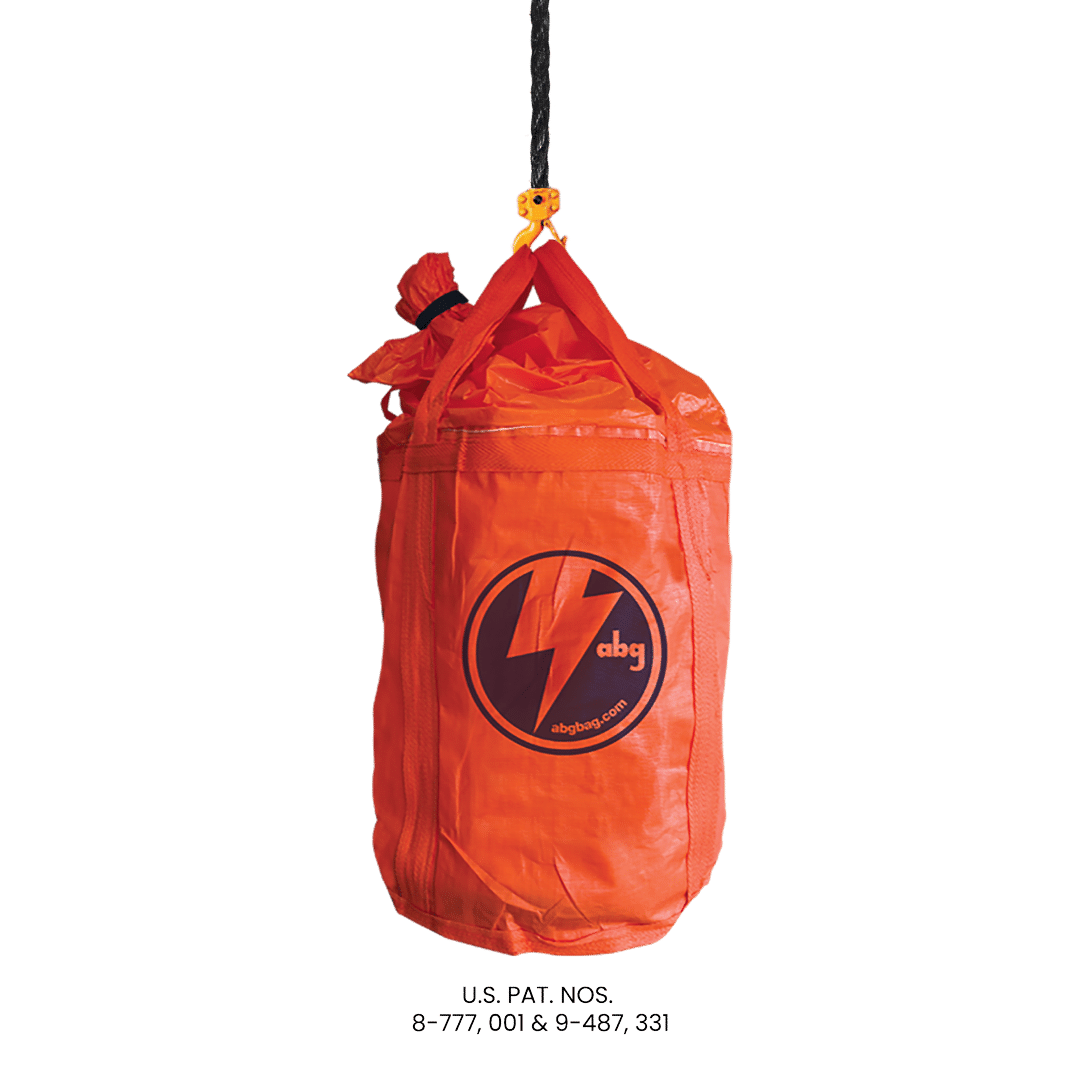
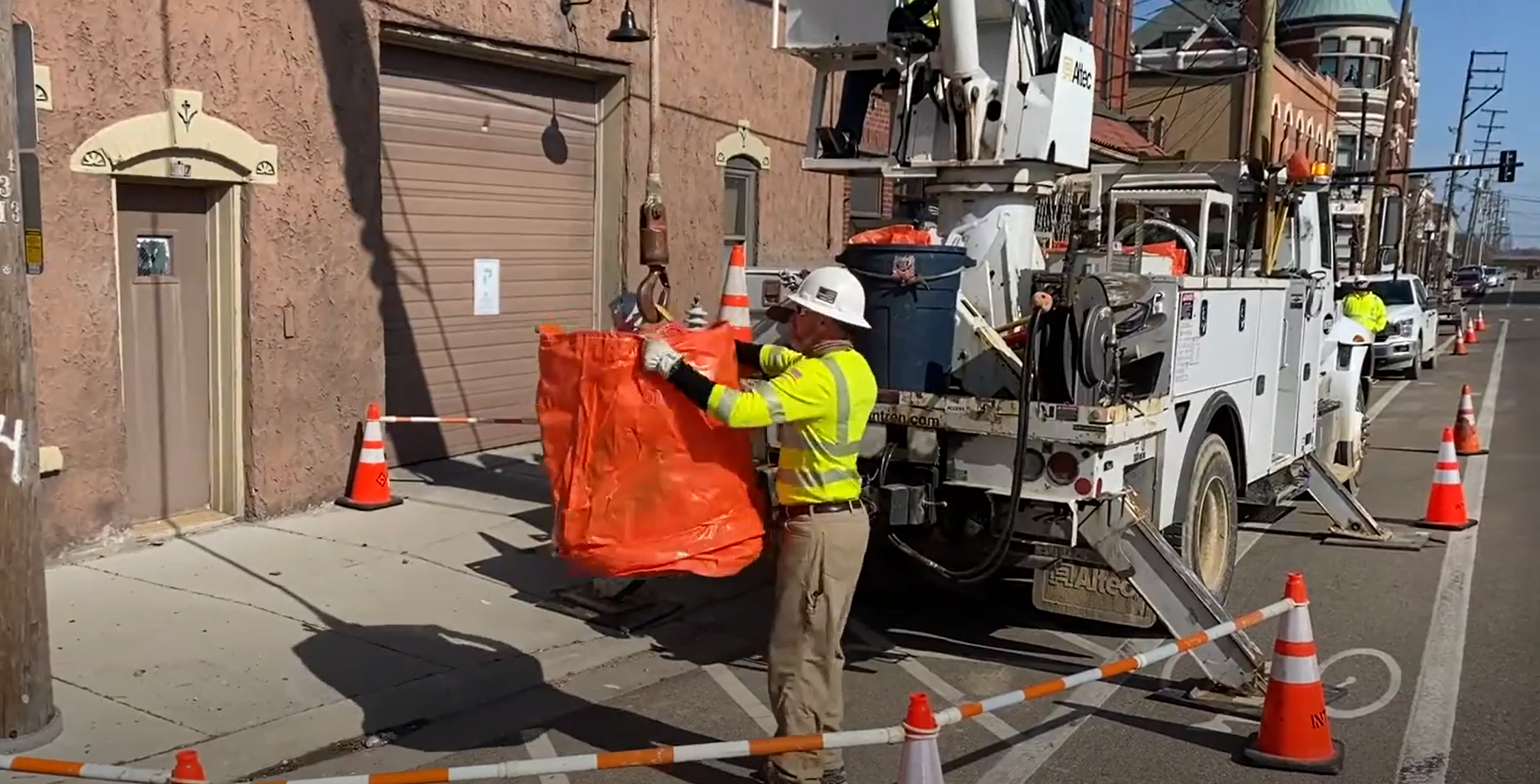
When Are DOT Approved Bags Required?
You should use DOT approved containment bags anytime you’re:
- Transporting transformers that still contain dielectric oil
- Shipping or storing PCB-containing transformers
- Moving damaged or leaking units from a site to a disposal facility
- Handling transformer equipment on public roads or across state lines
- Performing emergency response or storm cleanup operations
DOT-approved solutions ensure your packaging meets the expectations of inspectors, regulators, and receiving facilities.
For broader containment insights, see our Essential Guide to Transformer Containment and Transport Bags.

The Cost of Non-Compliance
Failing to follow DOT regulations doesn’t just risk the environment—it puts your operations at financial and reputational risk. Common penalties for non-compliance include:
- Fines for improper packaging or labeling
- Shipment rejections at disposal or recycling facilities
- Delays in field operations or emergency response
- Costly environmental cleanup in the event of a spill
- Legal consequences from impacted communities or regulatory bodies
Avoiding these issues starts with investing in the right containment bags and ensuring they are used correctly every time.
Compliance with DOT regulations isn’t just about checking a box—it’s about doing the right thing for your team, your company, and the environment. From transformer containment to proper labeling and documentation, every step matters when hazardous materials are in play.
Choosing certified transformer containment bags is one of the most effective ways to meet DOT requirements, prevent spills, and reduce risk. Whether you’re handling a single transformer or managing a full fleet, using approved containment solutions is a smart and necessary investment.
Have questions about selecting the right DOT approved containment bags for your project? Call ABG Bag Inc. at 800-758-8079 to speak with a containment specialist today.
Do You Have Questions?
For inquiries about our products, order status, or any other information related to ABG Bag Inc., send us a message, and we will respond soon.
Sales & Customer Care
Product Questions


